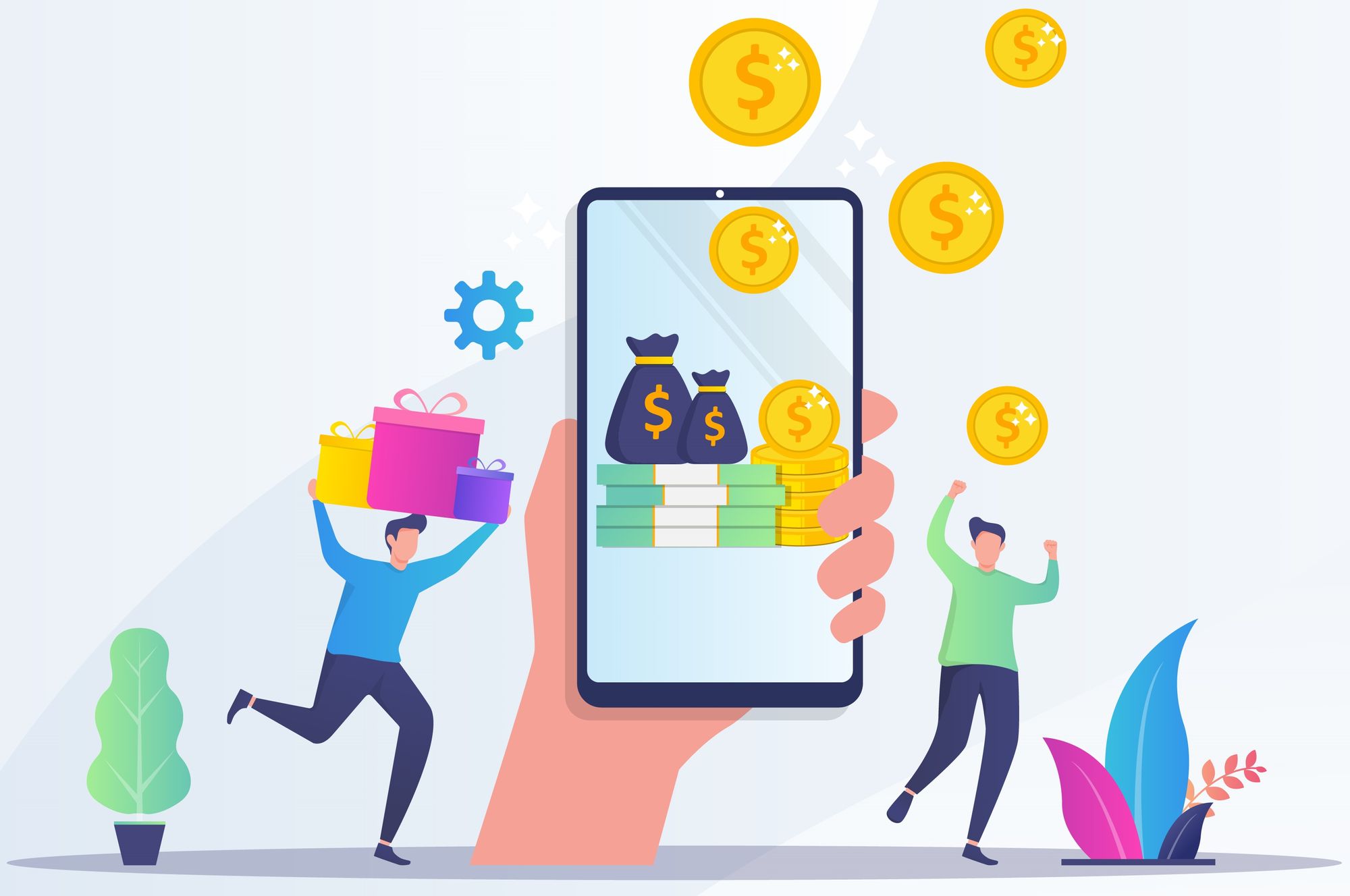
🎓 Definition
Defines the number of customers who used a Coupon or other promotional mechanisms compared to the total number of Customers who received it.
🧪 Example of Conversion rate
For example, a Retailer sends a targeted offer to 1,000 Loyal Customers for the launch of a new Ice Cream flavor. Among those 1,000 Loyal Customers, 800 redeemed the coupon offer. The conversion rate is 80%.
❓What is used for
• To measure the attractiveness of the Targeted Offer. The higher the conversion rate is, the higher your offer addresses customer needs. If the conversion rate is low, you might need to review the quality, mechanics, and offer you provide.
• To determine how effective your marketing is by how many people are responding to it because conversion rate compares the number of customer responses to the total number of customers.
• Provide data about whether your segmentation is successful. Conversion rate allows you to create better marketing campaigns for social media and other channels to target specific users based on different categories, interests, and more.
How can businesses improve their conversion rates for targeted offers?
Businesses can enhance their conversion rates for targeted offers by understanding their customers' needs and preferences more deeply. This involves conducting thorough market research to identify what appeals to their target audience. Additionally, optimizing the design and messaging of the offers to make them more compelling and relevant can also boost conversion rates. Utilizing A/B testing can be beneficial, as it allows businesses to experiment with different approaches and determine which ones resonate best with their audience. Moreover, ensuring that the promotional mechanics, such as coupons or discounts, are attractive and easy to redeem can encourage more customers to take action.
Are there industry benchmarks or average conversion rates that businesses should aim for?
While there are industry benchmarks and average conversion rates available for various sectors, these numbers can vary significantly depending on the industry, target audience, and type of offer. For example, e-commerce businesses might have different average conversion rates compared to businesses in the hospitality or healthcare sectors. It is essential for businesses to research and understand the benchmarks specific to their industry and continually strive to improve their conversion rates relative to these benchmarks. However, it's worth noting that the most meaningful comparison for a business is often its own historical data, as this provides a more accurate measure of progress and success over time.
What are the potential limitations or pitfalls of relying solely on conversion rate as a metric for measuring marketing effectiveness?
While conversion rate is a valuable metric for measuring marketing effectiveness, relying solely on it can have limitations. A high conversion rate does not necessarily mean that a marketing campaign is successful or profitable. For instance, a campaign with a high conversion rate but low average order value might not generate significant revenue. Moreover, focusing solely on conversion rate can overlook other important aspects of marketing performance, such as customer retention, lifetime value, and brand awareness. Therefore, businesses should consider using conversion rate in conjunction with other metrics and KPIs to gain a more comprehensive understanding of their marketing effectiveness and make informed decisions.
🖥️ Make it happen in Ulys Customer Intelligence
How to access Conversion rate in Ulys:2 Simple Steps
Step 1: Select Campaign Analytics Menu from the Promotion Menu Bar.

Step 2: Select the Option in the Filter Menu and select the KPI, Shopper type, Campaign Type, and Filter type you want to measure.

Step 3: Select the period and the comparison period you want to measure.

Step 4: Select the campaign to see the campaign performance.
And here it is. The conversion rate is identified as the Redemption rate in the Key performance indicator table.
